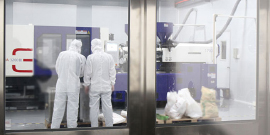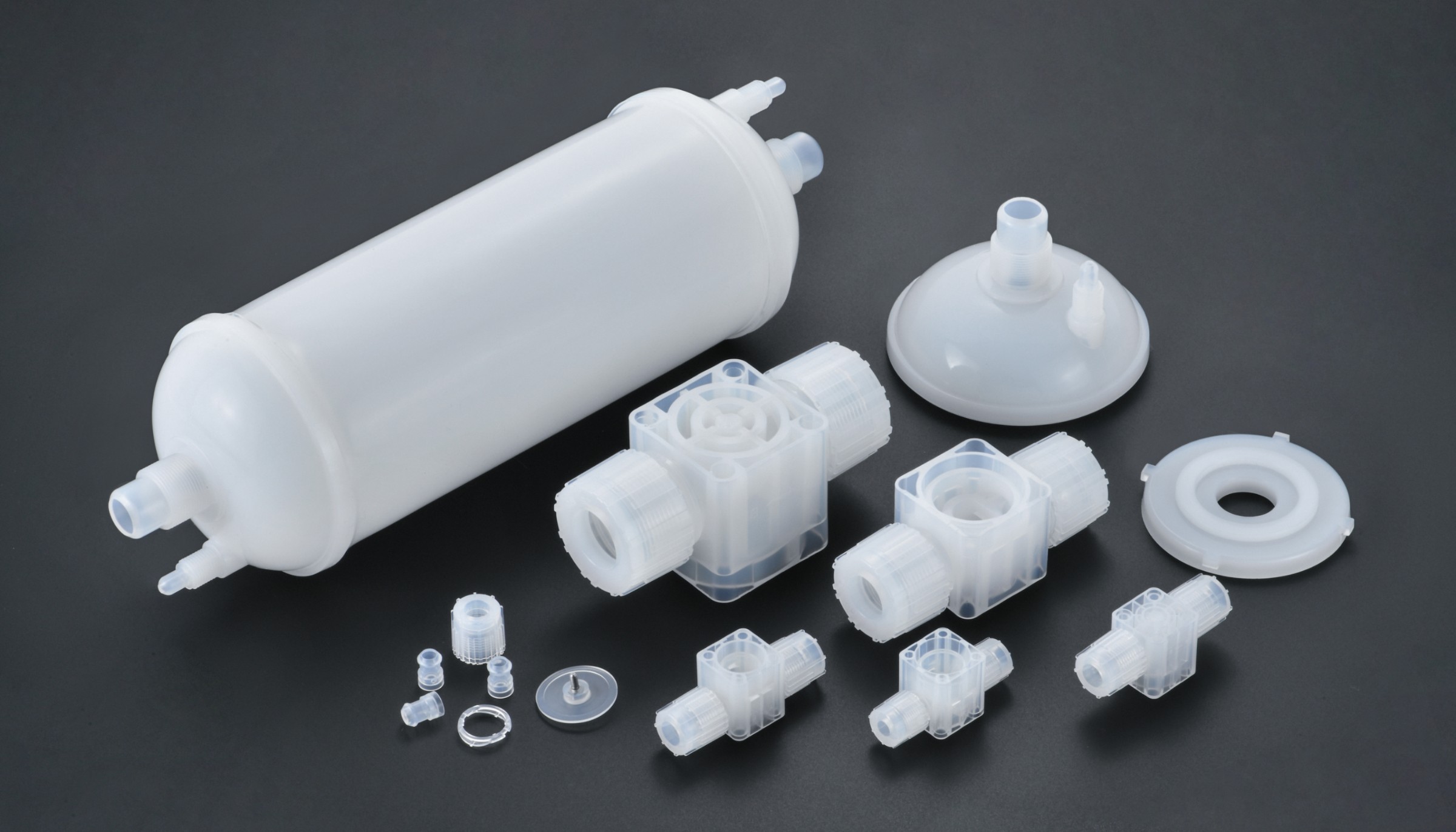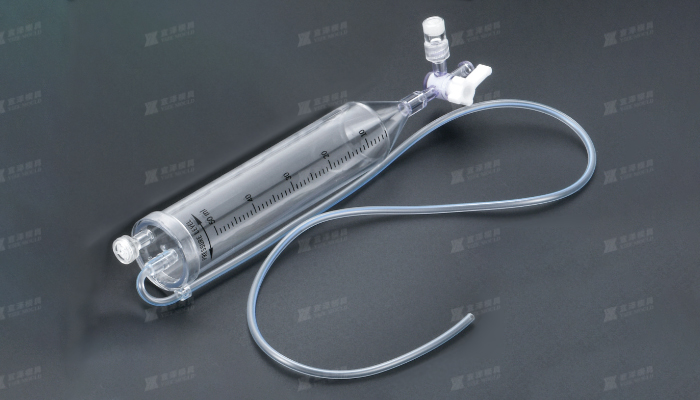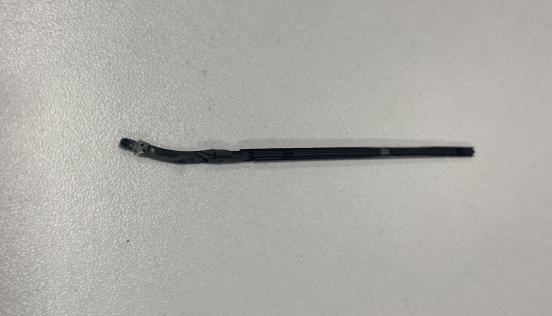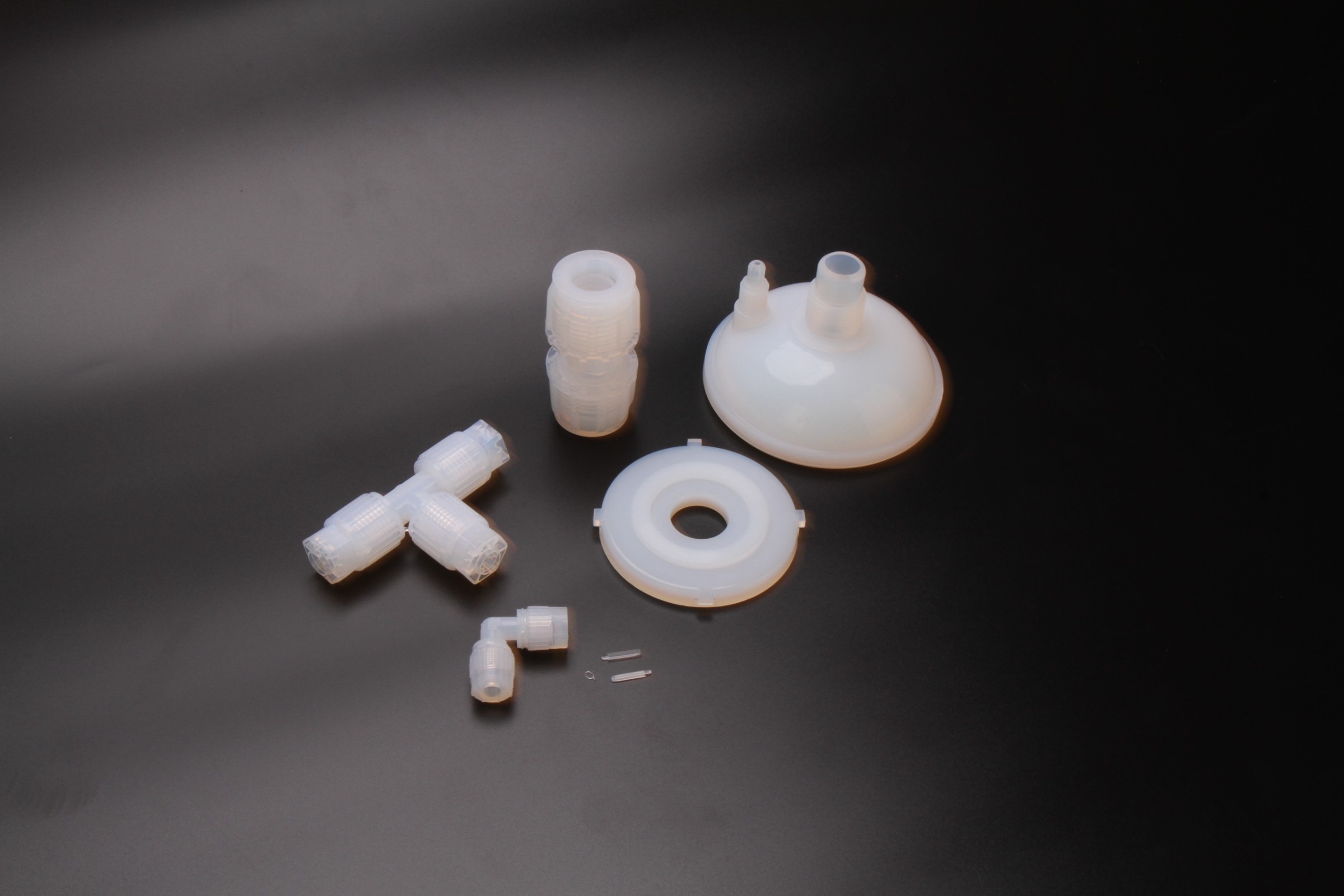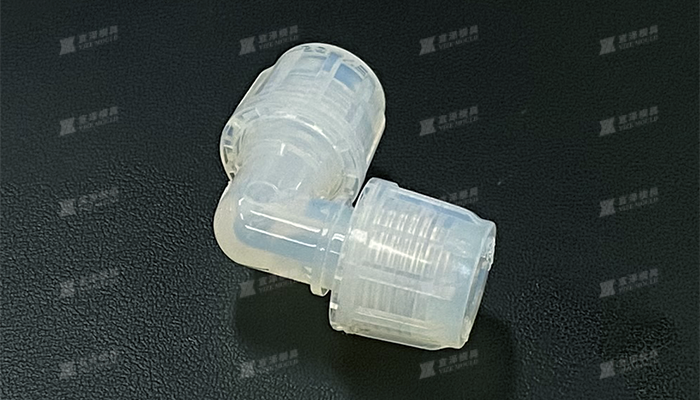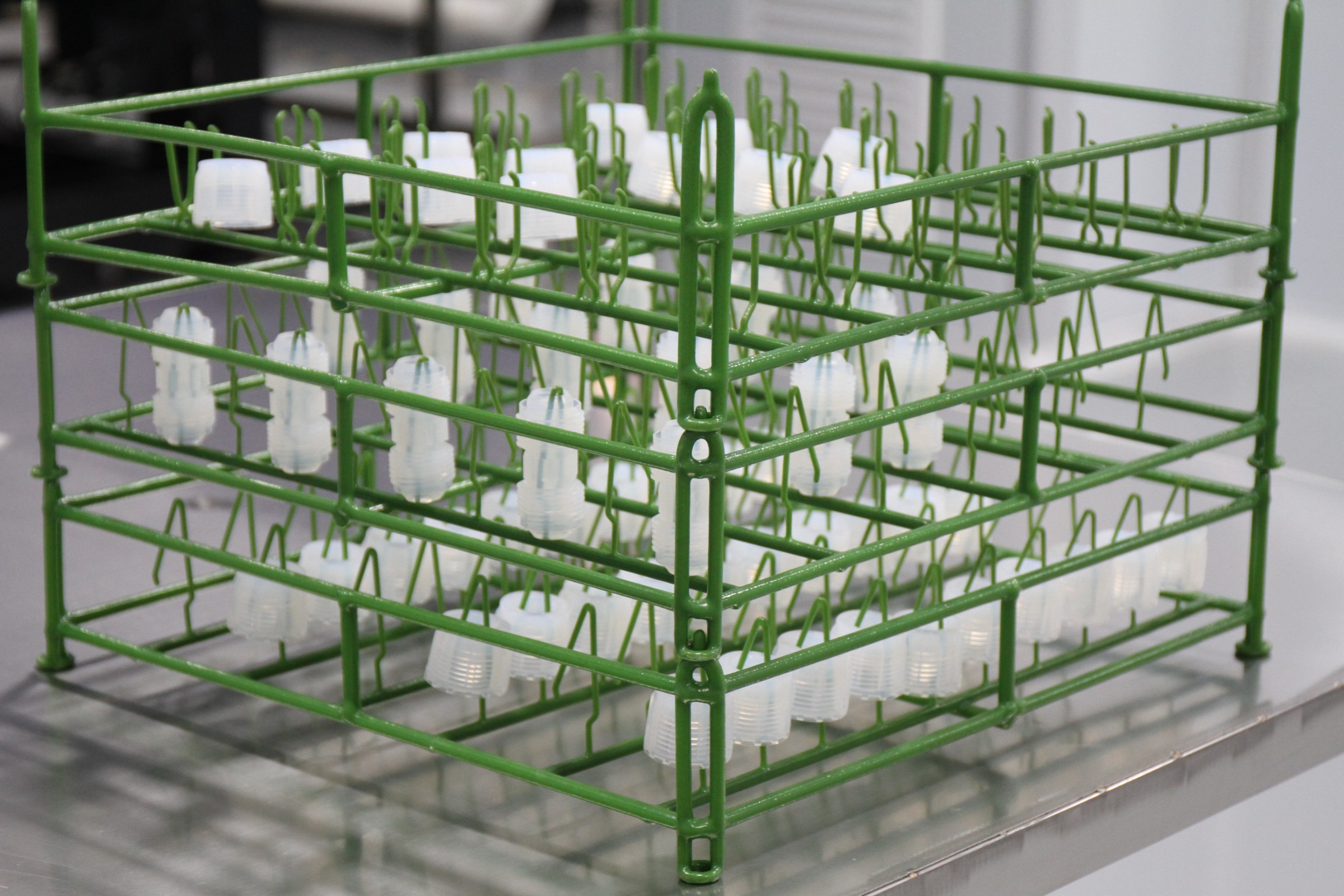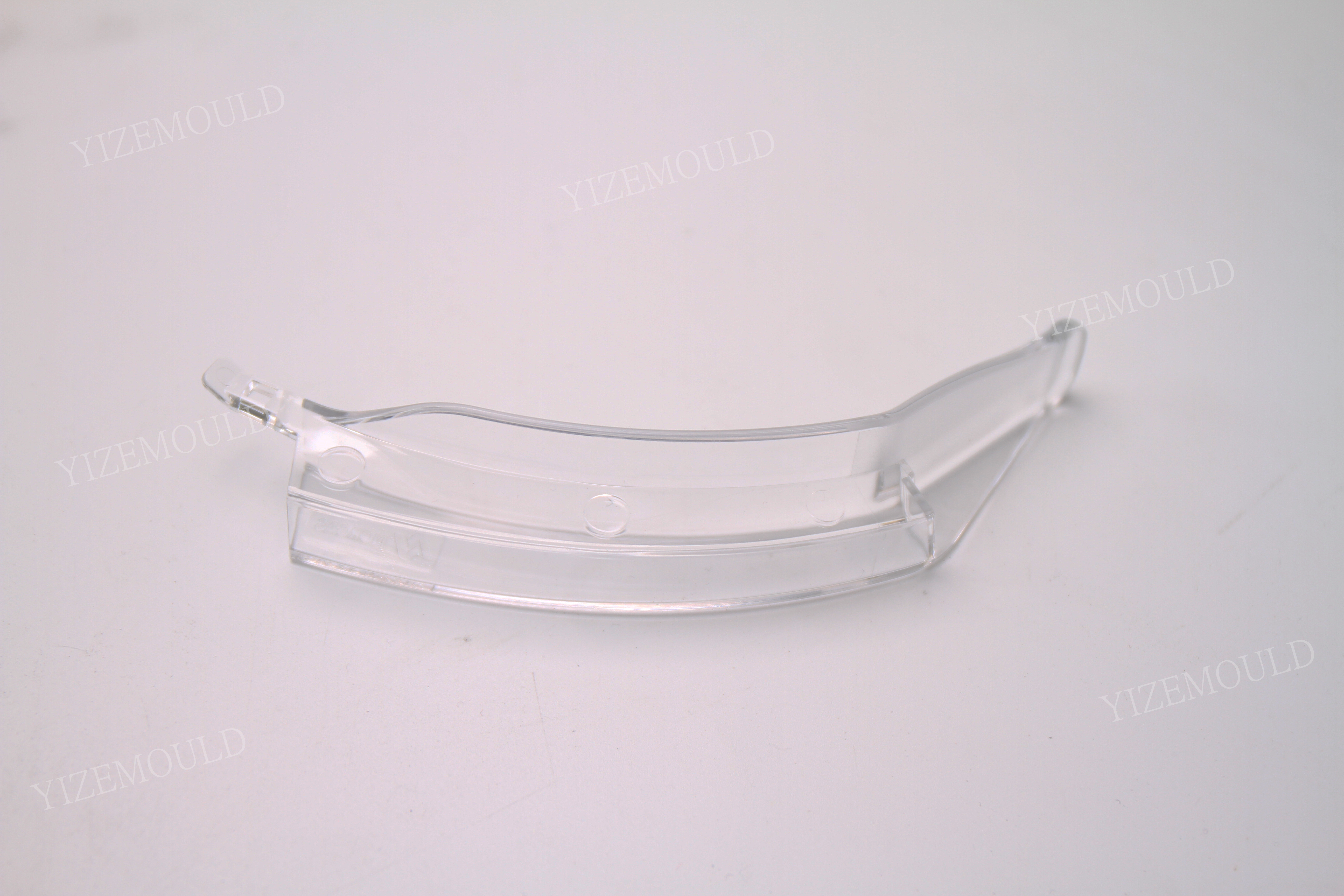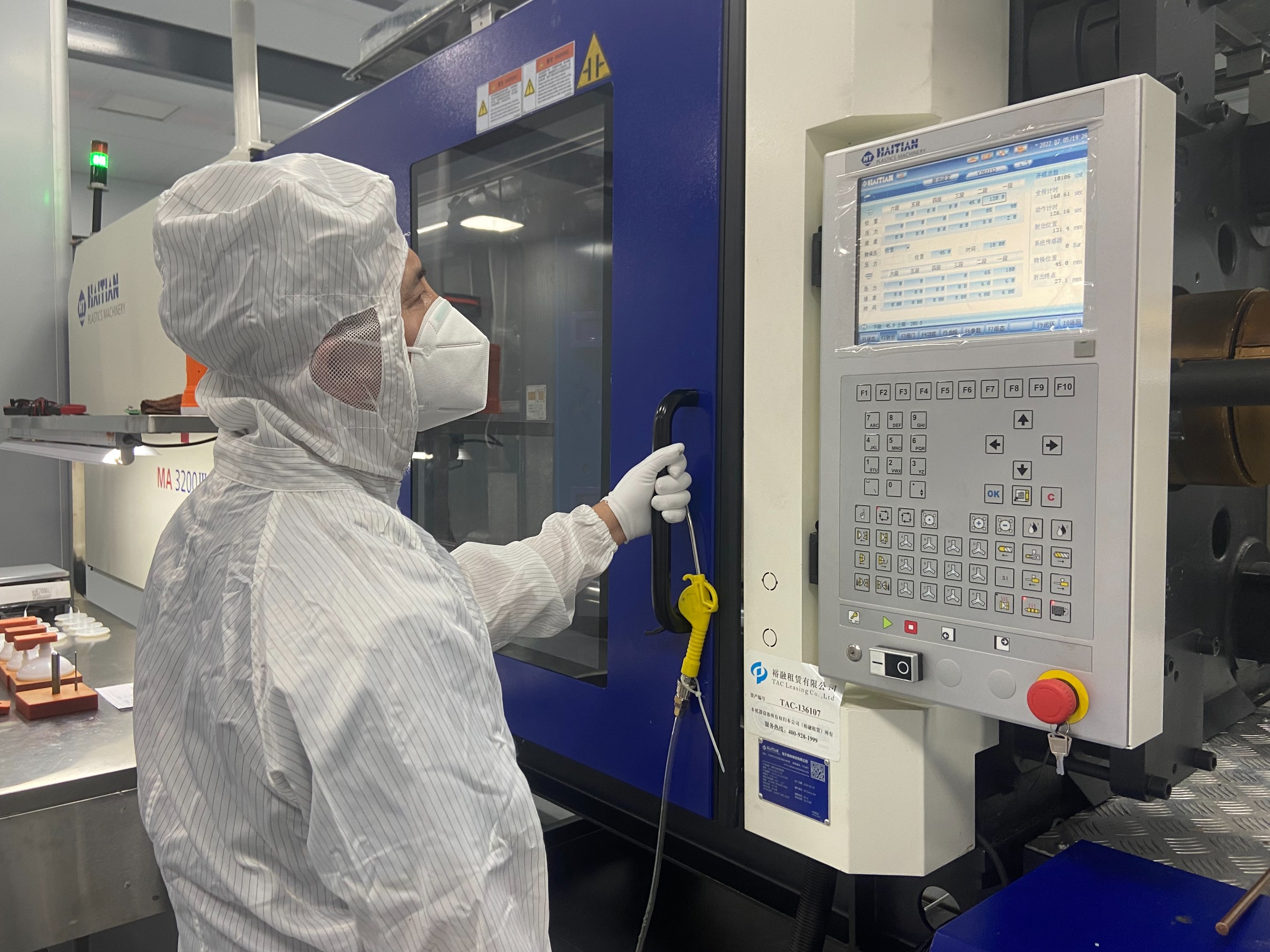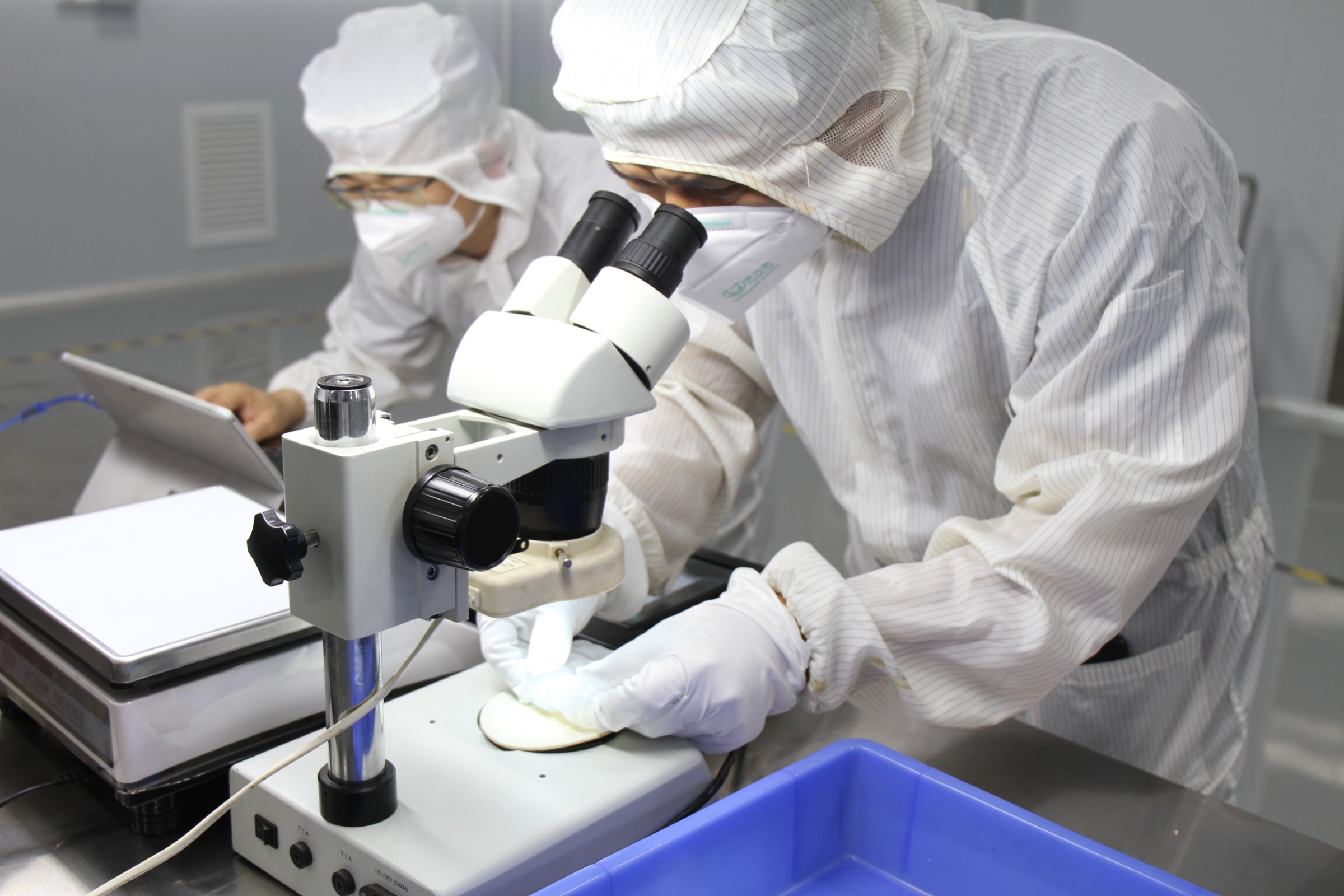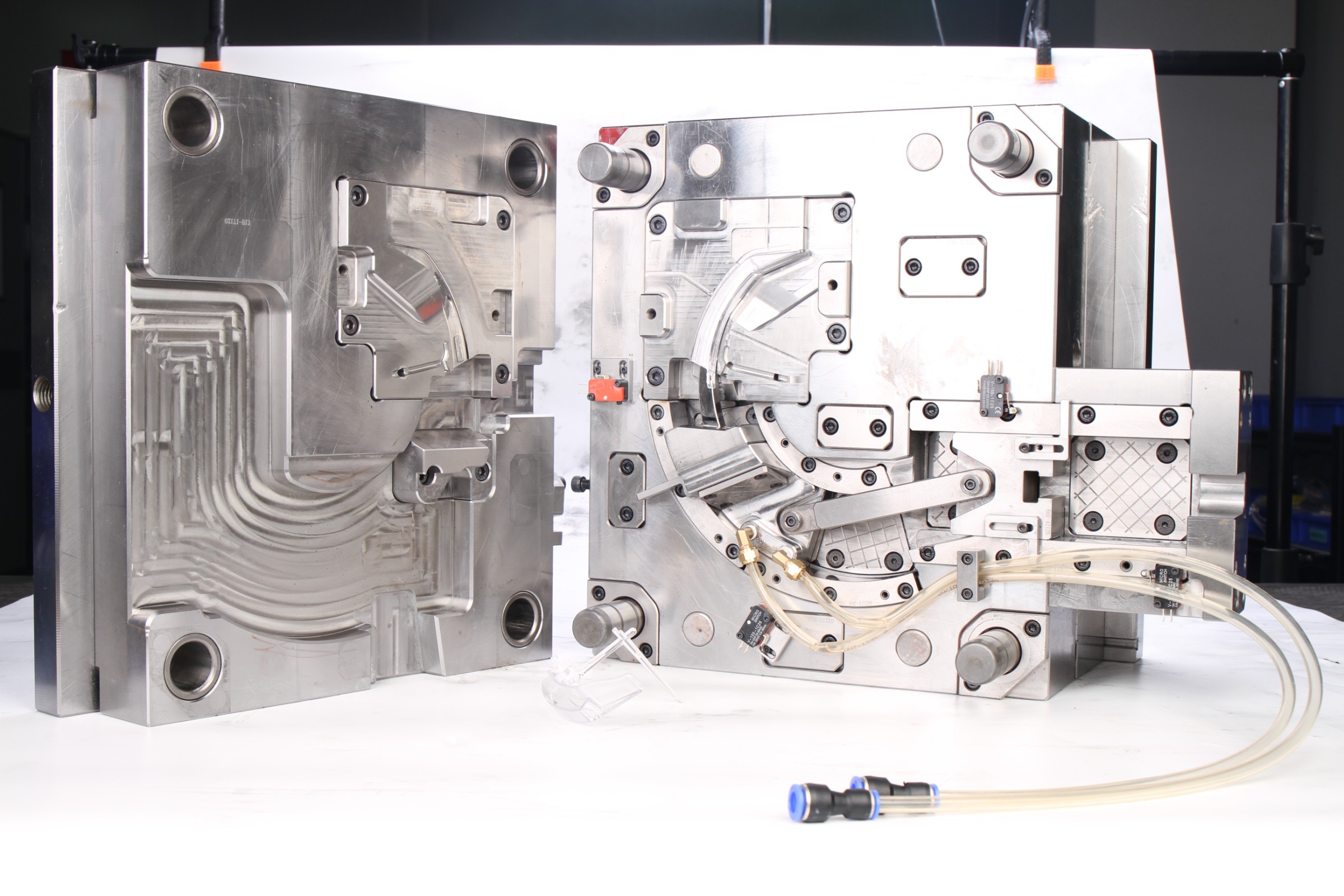PFA Precision Injection Molding: Exploration and Breakthrough
PFA precision injection molding is an advanced technology in the field of plastics processing. As the application fields of PFA are getting wider and wider, the demand for technological breakthroughs in PFA precision injection molding is getting more and more urgent. Compared with common plastics such as PC, PP, PE, etc., PFA has unique properties, which put forward higher requirements for processing technology and equipment. In spite of many challenges, with the wisdom of technicians and the …
2024-01-23
